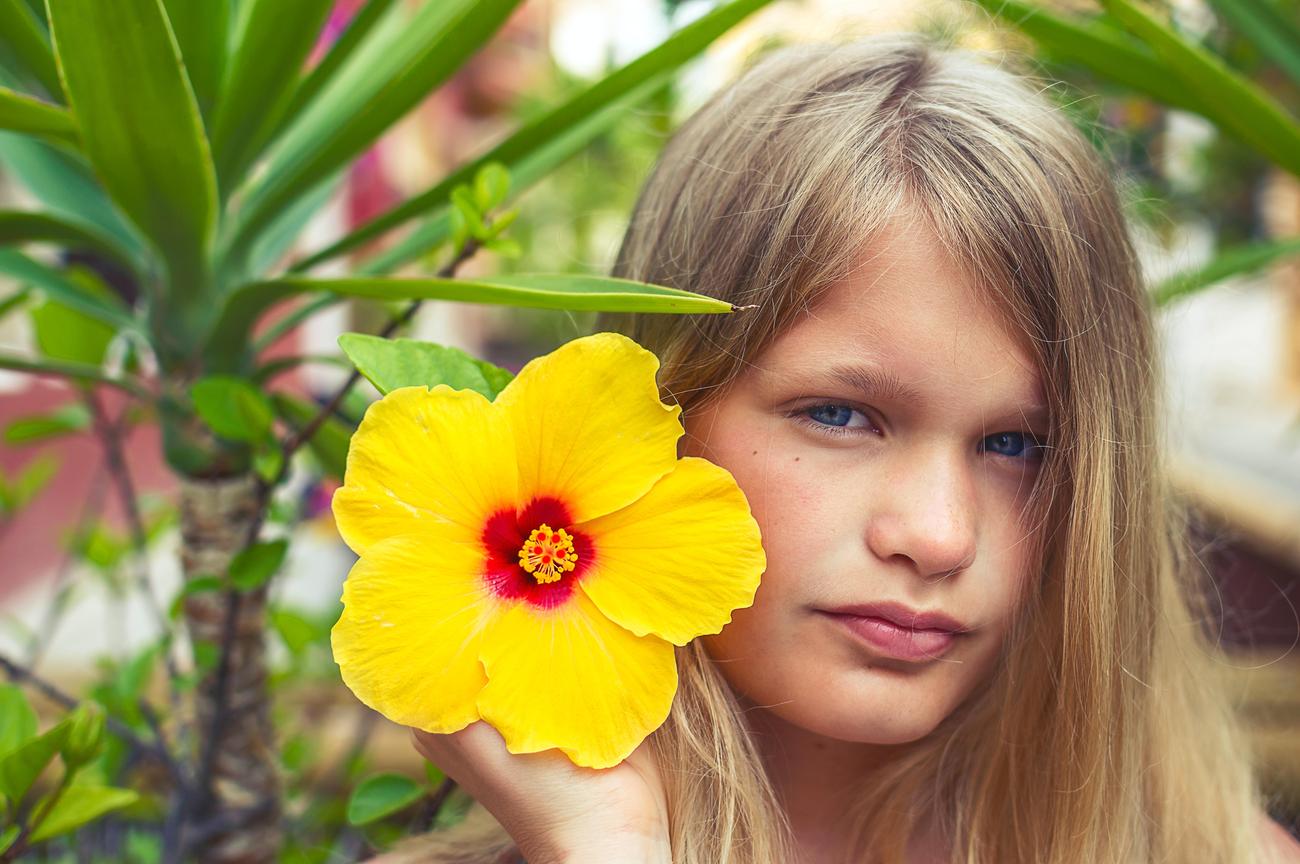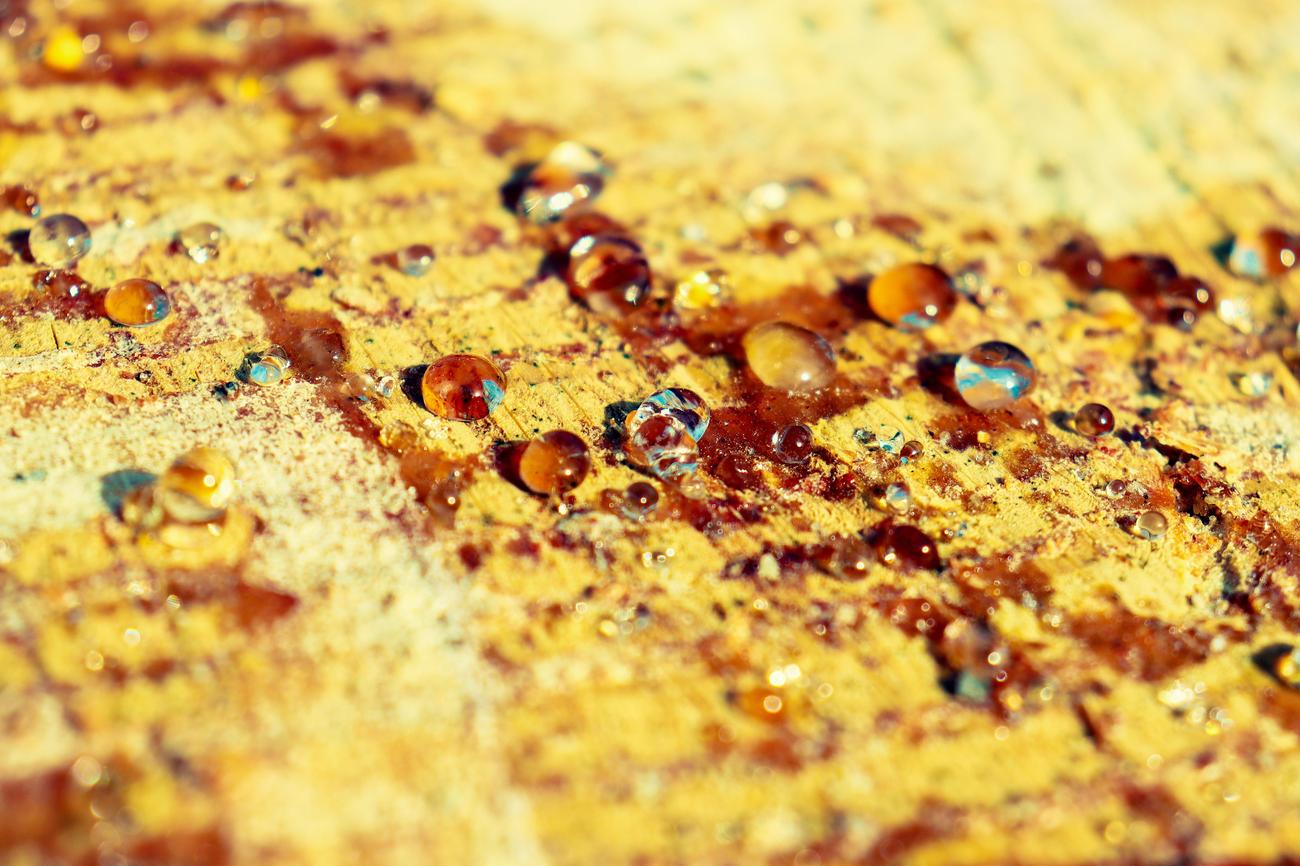Unveiling Who Adopts Most Children from Foster Care

As an experienced journalist with a strong background in social welfare reporting, I possess the skills necessary to investigate and shed light on the topic of who adopts the most children out of foster care. With a deep understanding of the complexities involved in the foster care system, I am equipped to carry out thorough research, gather data from reliable sources, and interview experts in the field to provide accurate and meaningful insights. Drawing upon my extensive experience in covering adoption stories and my commitment to delivering clear and compelling narratives, I am poised to present a well-informed and unbiased perspective on this crucial aspect of child welfare. In this article, we will unravel the statistics and delve into the social dynamics that determine which individuals or families are the primary adopters of foster children, offering valuable insights into the factors that shape this aspect of child welfare.
Who Adopts the Most Children Out of Foster Care?
As an experienced journalist with a strong background in social welfare reporting, I am here to shed light on the topic of who adopts the most children out of foster care. With my deep understanding of the complexities involved in the foster care system, I am equipped to carry out thorough research, gather data from reliable sources, and interview experts in the field to provide you with accurate and meaningful insights. My goal is to present a well-informed and unbiased perspective on this crucial aspect of child welfare.
Before delving into who adopts the most children out of foster care, let’s set the stage by looking at some key facts:
- Approximately 25% of children and youth who leave foster care are adopted.
- Of those children placed for adoption from foster care, 55% are adopted by their foster parents.
- The median age of children placed for adoption from foster care is 5.0 years, with a mean age of 6.1 years.
- On average, over 113,000 children are eligible for adoption, and they wait almost three years for an adoptive family.
- 53% of children and youth who leave foster care are either reunited with their families or living with a relative.
- 47% of children placed for adoption from foster care are aged four years or younger.
- 51% of those adopted from foster care are male.
- 63% of children adopted from foster care have non-Hispanic white parents.
- There are currently over 120,000 children and youth in the U.S. foster care system waiting for a permanent family.
- However, in recent years, the number of children and youth waiting for adoption from foster care has increased.
With these facts in mind, let’s explore who adopts the most children out of foster care. It’s important to note that there isn’t a single answer to this question, as adoption is a diverse and individualized process. The demographics of adoptive parents vary widely, reflecting the rich tapestry of our society.
Who are the Adoptive Parents?
Adoptive parents come from various backgrounds, but a significant percentage of children are adopted by their foster parents. These are individuals and couples who have opened their hearts and homes to children in need by becoming foster parents. The bond that forms between foster parents and the children in their care often grows into a deep and lasting connection, leading to adoption.
Another group of adoptive parents comprises individuals or couples who specifically choose to adopt from the foster care system. They undergo a rigorous screening and training process to ensure they are prepared to provide a loving and stable home for a child who has experienced trauma or neglect.
The Importance of Support and Resources
Adoption from foster care is a journey that requires significant support and resources. Many adoptive parents receive assistance through adoption agencies, support groups, and government programs. These resources provide guidance, counseling, and financial aid to help families navigate the adoption process and provide a nurturing environment for their adopted children.
Barriers and Challenges
While the number of children adopted from foster care is significant, there are still thousands awaiting permanent families. The adoption process can be complex and challenging, leading to delays in finding suitable adoptive parents for these children. Additionally, factors such as age, race, and the presence of medical or behavioral needs can influence a child’s chances of finding an adoptive home.
The Rewards of Adoption
Adoption from foster care is a rewarding experience for all parties involved. For the children, it provides a chance to grow up in a loving and supportive family environment, free from the instability and uncertainty of the foster care system. For adoptive parents, it offers the opportunity to make a profound and positive impact on a child’s life.
In Conclusion
Adoption from foster care is a critical aspect of child welfare, and understanding who adopts the most children out of foster care requires a nuanced approach. While foster parents play a significant role, there are also many individuals and couples who willingly choose to adopt from the foster care system. By examining the statistics and exploring the experiences of adoptive families, we can gain a deeper understanding of this complex and vital issue.
“Adoption from foster care is a diverse and individualized process, reflecting the rich tapestry of our society.”
Foster care is a topic that often goes unnoticed, yet it plays a crucial role in the lives of countless children. If you’re curious about the inner workings and lesser-known aspects of foster care, you’ll certainly want to check out some fun facts about foster care. These intriguing glimpses into the world of foster care will not only broaden your understanding but also spark your interest and empathy. So, without further ado, click here to dive into the fascinating world of foster care and discover some eye-opening insights: fun facts about foster care.
Foster Care Cruelty: Exposing Abusive Practices in the System
[youtube v=”P_7DsMJoqu8″]
America’s foster care system serves as a vital lifeline for approximately 400,000 children who desperately need a loving home. However, recent allegations have shed light on outrageous abuse taking place within the system. Referred to as “kids for cash,” these cases reveal how some individuals exploit the foster care system for personal gain rather than providing a safe and nurturing environment for the children.
In a hidden camera investigation conducted by ABC News, actors were employed to portray a foster child, his foster mother, and her biological daughter at the Park Avenue Diner in Plainfield, New Jersey. The aim was to witness how people would react to witnessing mistreatment of a foster child.
The video captures the foster mother favoring her biological daughter and treating the foster child with disdain. She restricts him to meager meals while providing a full meal for her daughter. When questioned about this unequal treatment, she callously states that she only receives a limited amount of money each month for the foster child’s care.
Throughout the experiment, various individuals at the diner react differently to the situation. Some choose not to intervene, believing it is not their place to get involved in the discipline of another person’s child. Others, however, feel compelled to speak up and defend the foster child’s rights. They argue that if someone chooses to become a foster parent, they must treat all children in their care with equal love and respect.
The video highlights the importance of proper care and treatment for foster children. It exposes the inherent responsibilities and ethical obligations that come with being a foster parent. Foster care is not a means of making money, but rather a chance to provide a safe and nurturing environment for children in need.
Key Takeaways:
– Some individuals exploit the foster care system for personal gain, neglecting the well-being of the children.
– The hidden camera investigation reveals a foster mother favoring her biological daughter over the foster child.
– Different reactions from individuals at the diner highlight the diverse attitudes toward the mistreatment of foster children.
– Foster care should prioritize the well-being and equal treatment of all children in its care.
Foster care is a complex and diverse system that plays a vital role in the lives of thousands of children across the United States. However, it is important to recognize that abuse and mistreatment can occur within the system. As a society, we must be vigilant and ensure that foster parents are held to the highest standards of care for the well-being of these vulnerable children.
In conclusion, the video sheds light on the cruel treatment experienced by some foster children and the need for a more compassionate and stringent foster care system. The well-being and rights of these children should always be the top priority, and it is crucial to identify and address any instances of abuse or neglect. Together, we can work towards improving the foster care system and providing a safe and loving environment for every child in need of a home. As the video demonstrates, speaking up and taking action can make a world of difference in the lives of these children.

FAQ
Question 1
Who adopts the most children out of foster care?
Answer 1
According to available data, approximately 55% of children placed for adoption from foster care are adopted by their foster parents. However, it is important to note that this statistic represents a percentage and not an absolute number.
Question 2
What is the median age of children placed for adoption from foster care?
Answer 2
The median age of children placed for adoption from foster care is 5.0 years, with a mean age of 6.1 years. This suggests that there is a range of ages among children in foster care who are in need of permanent families.
Question 3
How long do children in foster care wait for an adoptive family?
Answer 3
On average, children who are eligible for adoption from foster care wait almost three years for a permanent family. This waiting period highlights the importance of finding suitable adoptive parents as quickly as possible to provide stability and support for these children.
Question 4
What percentage of children reunited with their families or living with a relative after leaving foster care?
Answer 4
Approximately 53% of children and youth who leave foster care are reunited with their families or living with a relative. This indicates that family reunification is a significant outcome for a majority of children in the foster care system.
Question 5
What proportion of children adopted from foster care have non-Hispanic white parents?
Answer 5
Approximately 63% of children adopted from foster care have non-Hispanic white parents. This statistic indicates that there may be disparities in the adoption process and outcomes based on racial and ethnic backgrounds.
- Unlock Elemental 2 Secrets: Actionable Insights Now - April 2, 2025
- Lot’s Wife’s Name: Unveiling the Mystery of Sodom’s Fall - April 2, 2025
- Photocell Sensors: A Complete Guide for Selection and Implementation - April 2, 2025
















